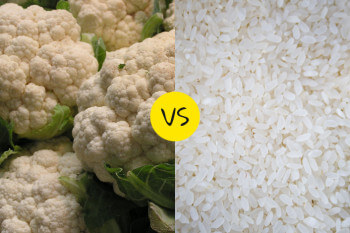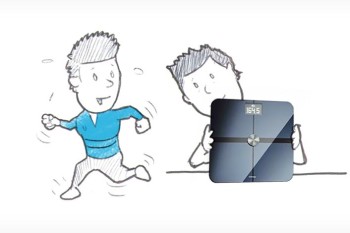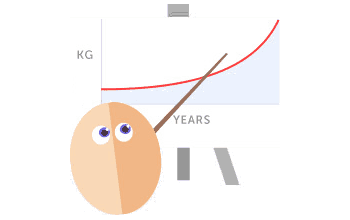Here are some great one-line summaries of some interesting food and diet-related scientific studies prepared by the folks at www.usefulscience.org – click on the links to learn more!
FastDay says: A close look at the paper reveals that a large proportion of the reduced risk comes from substitution of yoghurt for high sugar desserts. The hazard ratios for substitution were impressive with respect to biscuits, snacks and dairy desserts. As non-low fat yoghurt is rarely found in the supermarkets these days, it is hard to determine from this study whether it is just yoghurt that has a benefit rather than the low-fat nature of the yoghurt.
A breakfast of eggs enhances weight loss and leads to greater satiety than a breakfast of bagels.
FastDay says: When eggs were compared with bagels eaten for breakfast when combined with a calorie reduced diet, the egg-eaters lost more weight, but there was no weight change when people were not actively reducing their calorie intake. Another paper supporting the benefits of reducing your carb intake.
FastDay says: Perhaps this is why fasting makes us feel less hungry on the day after a fast…the food feels more indulgent and so is more satisfying!
Hunger is satisfied by protein, rather than overall calories.
FastDay says: This study compared diets obtaining 10%, 15% or 25% of calories from protein in lean young men. The researchers found subjects who ate a 10% protein diet consumed 12% more energy over four days than those eating a 15% protein diet. Moreover, 70% of the increased energy intake on the lower protein diet was attributed to snacking. Increasing the protein to 25% had no effect. A quick calculation suggests that if you have a TDEE of 2000, then 15% is 300 calories, which at 4 calories per gram of protein means 75g of protein per day.
FastDay says: People who had lost some weight were asked to follow one of five possible maintenance diets: a low-protein/low-GI diet, a low-protein/high-GI diet, a high-protein/low-GI diet, a high-protein/high-GI diet, or a control diet. On average, those in the high protein/low GI group diet lost a little more weight over the 6 months maintenance phase, whereas all other groups gained some weight. The greatest gain being in the low protein, high GI group.


















